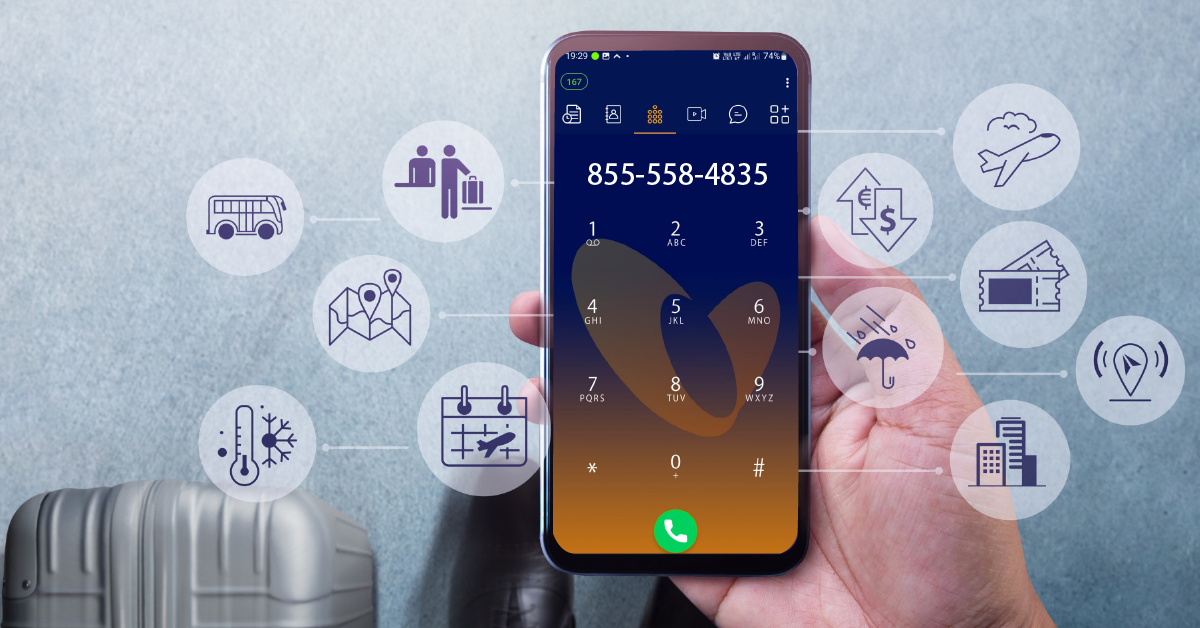Future of Learning: Asynchronous Work in Education

5 min read
Online learning is on the rise, and so is the need for online tools. Many students are turning to asynchronous work means. If you’re not familiar with this term, let me tell you what it means. It’s when someone can work on a project/task without needing to be constantly available and connected.
You will be able to take breaks, go home, or do some other personal business without interrupting your workflow with constant messages or communication. Young professionals are demanding these asynchronous work tools.
They don’t want to be locked into a lesson at any given time, and they want the freedom to work when and where they choose. Asynchronous tools are required for this modern way of learning, but many educational institutions have not yet caught up with this trend.
The educational systems in the United States and most countries around the world are almost entirely based on a model where all learning is done synchronously, whether it be between teachers and students or even between a teacher and one student. In other words, schools teach at fixed hours of the day, with fixed days of the week for larger classes. Students sit in rows and memorize lines from textbooks while teachers print out tests to organize for grading later. This model has been successful for a long time, but as technology advances, we have seen changes that could change how we learn forever. For example, face-to-face education is becoming less important as we become more business IP phones are dependent. It could change things in the classroom by creating tests, quizzes, and even lectures.
Let us see some examples of asynchronous tools that you can use in the classroom today.
Email is one of the most basic tools out there. You can send an email to someone, and they can respond when they want without having to be present at school at any given second. It is a great tool for students who need to work at home or who have other responsibilities. You can send an email to someone, and they can respond when they want without having to be present at school at any given second. It is a great tool for students who need to work at home or who have other responsibilities.
Learn More about SMS vs. Email Marketing
Chat
If you’re on social media, you already know about chat rooms. These are rooms where multiple people can post a status, share links, chat with each other, and talk about whatever they feel like. The only problem is that most schools block chat from their site or systems, so this is not a popular tool used in the classroom today. In the future, chat may be less of an issue as schools are becoming more open to social media. If you’re on social media, you already know about chat rooms. These are rooms where multiple people can post a status, share links, chat with each other, and talk about whatever they feel like.
Voice
There is no better way to connect with someone than talking to them over the phone, and there’s no reason why teachers’ or students’ location limitations. The VoIP Phone System for the Education Industry can connect you with someone in a different country, and it will sound like you are standing right next to each other. It is a great tool for teachers or students who are working towards a specific educational goal because of the career aspect of being able to speak with someone from around the world.
Push Notifications
Asynchronous tools such as push notifications allow you to stay connected without needing to be on your phone. You can opt to receive all types of messages from different apps. Push notifications are also useful in class because they help you stay engaged with the material without it being overwhelming.
Video
One of the most powerful asynchronous tools out there is video conferencing. Cloud based Video conferencing solution allows you to experience a remote environment in real-time as if you were right there with them. You can talk face-to-face with someone and without location limitations. It is something that you can use today in multiple business IP phone settings for meetings or just general communication because being able to see someone makes it much easier to communicate than when you’re just trying to use your words.
The Main Features of Asynchronous Work In Education Are
Global Reach
Asynchronous education is a global phenomenon. It is already being adopted worldwide, and the pace of adoption has been greatly accelerated by the Internet, which has made the exchange of information much easier than it used to be and has made it easier for people to learn from one another around the world. In the next decade or two, it may become more common in the United States than currently used forms of classroom learning.
Interactive Learning
It allows students to interact with a variety of content in ways that challenge their thinking and skills without making them wait — if they want to engage at any point with a class’s materials, they can do so at their own pace rather than waiting for a fixed period in class. This flexibility is especially valuable for adult learners, working professionals, and students.
Flexibility and Accessibility
It is flexible because it allows students to learn when they want and can fit their education around their schedules. It also allows teachers to easily communicate with students in new ways, giving them more direct access to their audience. The Internet possibly provides a versatile platform for learning courses to get access anywhere at any time.
Motivation
Asynchronous learning is motivating because it allows students involved in the learning process in a way that fits their style and pace and lets them complete assignments when they are ready. Students also benefit from seeing how other students interact with content, which provides them with an effective model for studying and completing coursework on their own.
Interaction
It allows communication between teacher and student, as well as among students. This flexibility allows for more detailed and effective dialogue about class material. Students are also able to get help from their peers, which can be an invaluable resource in the process of learning.
Continual Learning
It helps build lifelong learners who are constantly working to improve their skills. It also gives students a sense of accomplishment and a positive cycle of motivation that keeps them engaged with the course, which can lead to improved retention rates in higher education courses.
Learn more about Education Trends to Look Out for in 2023
Discussions
It allows students to engage in private and public discussions about the course’s content. It can provide students with opportunities for meaningful collaboration and help them learn better by discussing ideas and problems in a group format.
Conclusion
It is necessary to develop an educational approach that can take advantage offered by asynchronous learning while not being subject to the significant disadvantages. Allows teachers to teach any content at any time to learn when they see fit. It allows teachers to upload materials that their students can take any time of the day in addition to having access to online classrooms.
Discover the benefits of asynchronous work in education and learn how to implement it in your own teaching practice.
Published: October 10th, 2023
Subscribe to Our Latest Updates
Get monthly product and feature updates, the latest industry news, and more!






